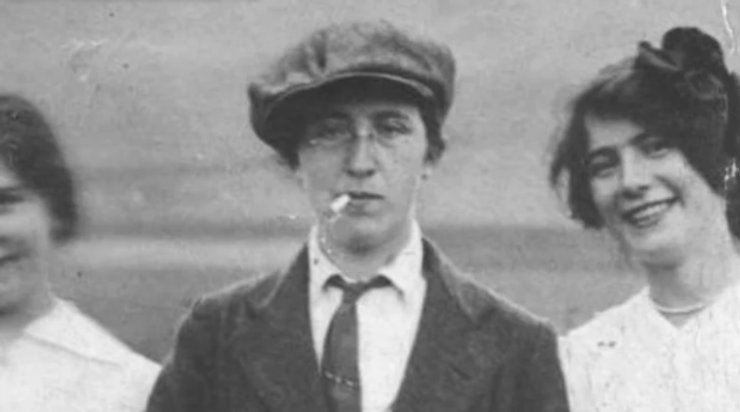Names like Pearse, Plunket and Wolfe Tone are quite prominent in the history of not only Dublin, but Ireland also. As are the visible scars on the city from the1916 Rising. However, walking down any street in our Fair City there is a wealth of information and history.
While we could explore the waves of feminism from the fight to vote to the fight for national independence, and the differences or benefits of both, we would rather leave this discussion for another time and focus solely on the achievements of the couple of women we discuss.
Whilst the names of Markievicz and Hannah Sheehy Skeffington are well known, there is a vast amount of untold, or rather lesser known stories across Dublin and Ireland. Let’s explore just 3 of the most inspiring women/movements of Ireland’s past.
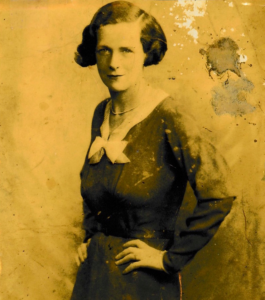
Oonah Keogh
The first female member of The Stock Exchange.
Oonah Keogh was born in Dublin in 1903. Oonah was educated in both Ireland and United Kingdom in excellent schools.
Her Father, Joseph had been the youngest bank manager in Irish history, at the very young age of 24. He was also a highly regarded member of the Irish Exchange.
Oonah would make her own mark on the Stock Exchange, arguably surpassing her father’s legacy. Oonah studied in London and proceeded to spend 2 years travelling Europe and North Africa, this also led to her learning French.
After excelling in education and seeing the world her father offered her an invitation to join his firm, thus resulting in Oonah leaving her mark and creating her legacy within the banking world. Albeit the challenges she faced as a woman in this industry were tough and arduous, she battled through proving Women belong in every industry equally to men. She was the first women in the world to be invited to work in The Stock Exchange.
May 4th, 1925 she lodged an application to become a full member of the Exchange, becoming the first woman to apply. While this was largely unusual to have a woman apply, Oonah had some strengths working in her favour. First her education, second her father’s status and wealth, and third, Article 3 of the Constitution which stated:
“Every person, without distinction of sex… shall within the limits of the jurisdiction of the Irish Free State (Saorstát Eireann) enjoy the privileges and be subject to the obligations of such citizenship.”
This would guarantee equality for men and women in theory, as such The Stock Exchange could not exclude her based on her gender.
After 3 weeks of deliberations, Oonah was admitted to The Stock Exchange. Nathan Mannion of EPIC notes that
“At just 23 years of age she was now responsible for handling some of the largest financial transactions in the state, but it was a task she proved more than capable of”
This would not mean that all was well and easy for Oonah, once she had been admitted. Social norms of the day meant that she missed out on a lot of the dealings that took place outside the exchange, in bars, gentlemen’s clubs, or on the golf course. In 1971 during a radio interview with RTE Oonah herself notes:
“One of the disadvantages in those days was that women did not socialise with men in lounges of pubs. When the men retired to Jury’s to relax after transacting business I could not accompany them. And even when I went to the races with my father it was the same. He would go to the bar for a drink, I would have to slip off for afternoon tea.”
Oonah stands as the first women in the world to be admitted to the Stock Exchange, leaving a trail for others to follow.
Oonah Keogh passed at the age of 86 in 1989.
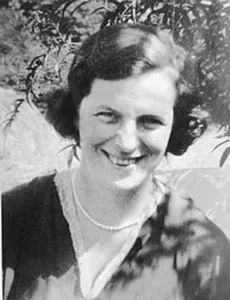
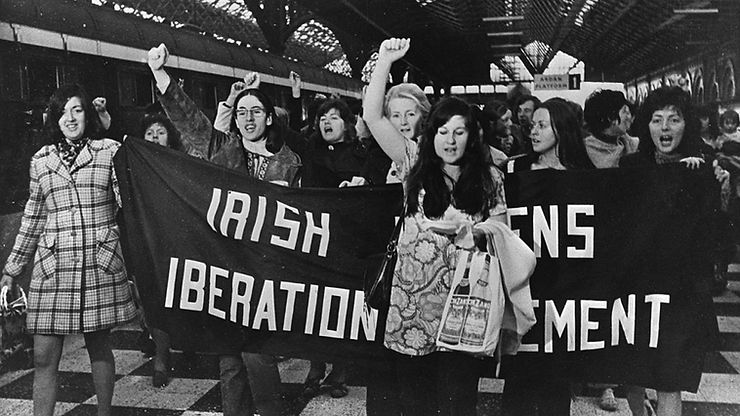
The Contraception Train
Ireland’s history is a complex issue, taking into context, nationalism, feminism, the church and society. In 1971, 49 women made world headlines, taking a train north across the border to Belfast. Why did this make headlines?
This was led by The Irish Women’s Liberation Movement. Against a backdrop of a male dominated society, where amongst other issues, women had very little access to contraception and under the marriage bar, had to quit their civil service jobs after marriage, these brave women would make a stand.
In March 1971 they published a booklet called Chains or Change. This called for equal pay, an end to the marriage bar, equal rights in law, justice for widows, deserted wives and unmarried mothers, equal educational opportunities and contraception.
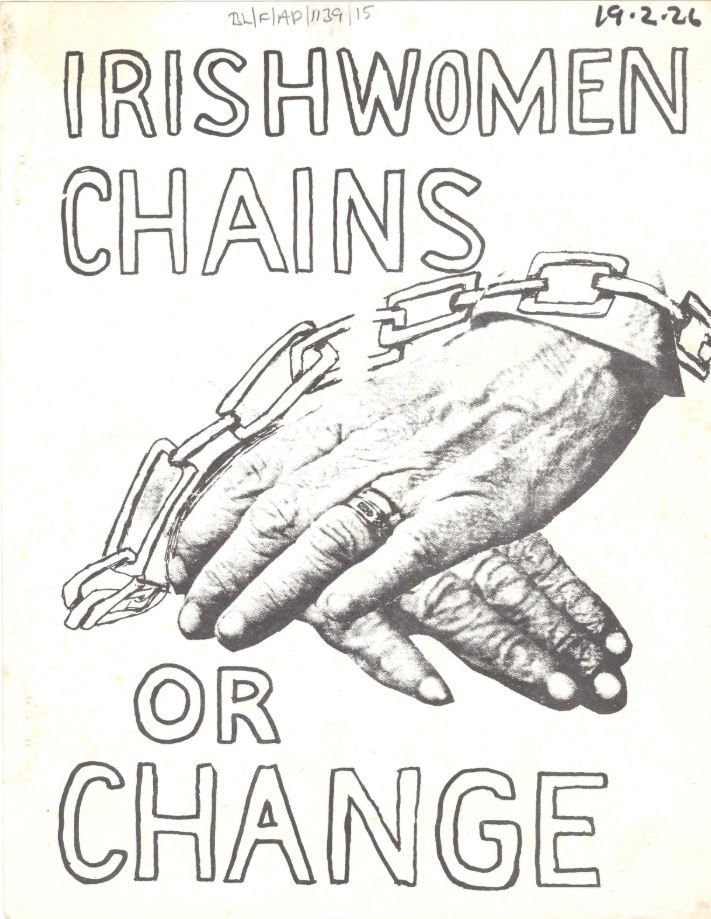
Article 40 of the Irish Constitution promises equal rights before the law to all citizens of the Republic of Ireland. It is also under this backdrop that these events take place.
“One million, four hundred and thirty-four thousand, nine hundred and seventy Irish citizens (at the last count) are not accorded such equal rights. These are the women of Ireland ” Chains or Change.
These forgotten women of Ireland battled stigma, discrimination under the law, and much more. For example in March 1970 the Central Statistics Office states that women’s work was valued at 26p per hour, compared with 47.5p per hour for men. Women earn 54.9% of men’s wage, while in Northern Ireland this figure as of 1971 was 62% of men’s wage.
Chains or change also addresses issues such as the marriage bar, education, no legal right to divorce and reasons not to get married, very much a must read!
The 49 women coursed the border to Belfast, accompanied by camera crews to bring back contraception to the republic.
Upon their return to Dublin, authorities were waiting, however the women would stand firm and not hand over their possessions. Meanwhile there was a crowd gathered at the end of the platform shouting “Let them go!”. The women passed through and were greeted as heroes. Indeed this was a heroic stand against the establishment.
Margaret Frances Skinnider
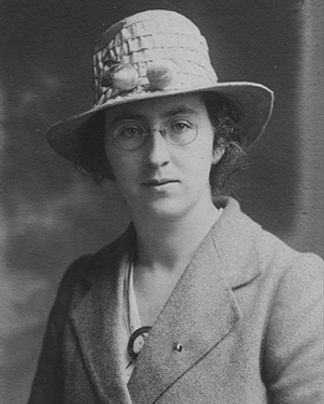
Margaret Skinnider was born in 1983 to a Scottish mother and an Irish father. She would study and qualify as a math’s teacher. During World War One, Margaret would learn to shoot with a rifle club and become quite the markswoman. This was done to protect against a German invasion and any atrocities invading soldiers may carry out on the public. Learning to shoot, Margaret became a sharpshooter, and would later put these skills to use, as she stood shoulder to shoulder with women and men fighting the British Empire in Ireland.
She believed in fighting not only for women, but the working class and equality. She had been involved with the Anne Devlin branch of Cumman na mBan and trade disputes in Scotland. In her activities with Cumman na mBan, she would aid in stealing weapons and explosives.
According to The Women’s Museum of Ireland
“Margaret Skinnider went to Dublin at Christmas 1915 at the invitation of Constance Markievicz. On this trip by boat she carried detonators for bombs in her hat and wires wrapped around her body under her coat. She stayed on deck so as not to detonate the bombs accidentally, perhaps on a hot water pipe or an electric wire, which might set them off.”
Propelled by the ideals of equality for men and women in a new Republic, Margaret would return to Dublin in 1916, one week before the rising. Unsurprisingly she would become a sharpshooter for the Irish Citizens Army, the only organisation in the rising to accept men and women on equal footing.
At the outset of the rising on Easter Monday, Margaret was stationed at St Stephen’s Green alongside Countess Markievicz and Micheal Mallin. By Tuesday morning British soldiers had taken up positions at the Shelbourne Hotel, providing a vantage point to shoot at the rebel garrison in the park.
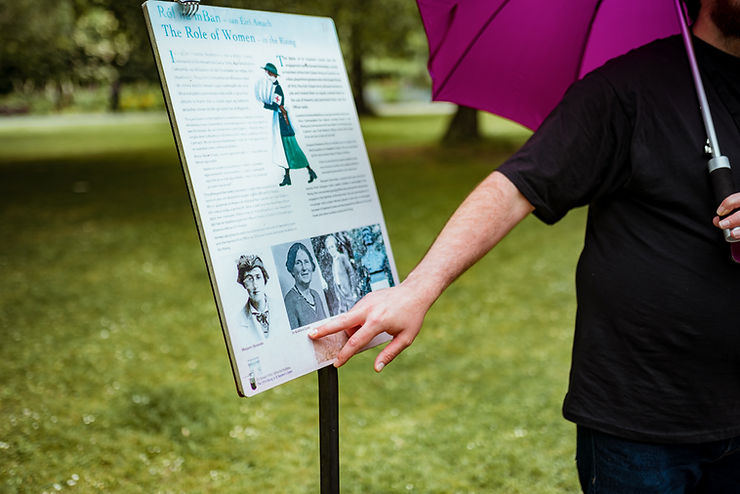
As this position left the rebels exposed and vulnerable, a decision was made to retreat to the Royal College of Surgeons where Margaret would put her sharpshooting to further use, stating
“more than once, I saw the man I aimed at fall”
Margaret would lead a charge to burn buildings by Harcourt Street in order to stop a British retreat. Leading this mission she would be shot 3 times as she turned to call her comrades forward, while another comrade was shot dead. Margaret was the only female combatant wounded that week.
She would be taken back to The Royal College of Surgeons, and later to St. Vincent’s Hospital, where she would lay for weeks recovering from her wounds and pneumonia.
In 1917 and 1918, alongside others, Margaret would travel to the United States, speaking at rallies and working to raise funds, arms, and securing support for Irish independence. She would later return and fight once more in the War of Independence and subsequent Civil War.
Following the death of Harry Boland, Margaret took over his job as quartermaster general of the IRA, the only woman to hold such a rank in the organisation. She was arrested in possession of a revolver on Christmas Day 1922 and imprisoned in Mountjoy Jail, where she would go on hunger strike, protesting conditions in the jail.
In November 1923 she was released from prison and applied for a pension in 1925 for her wounds in 1916. Unbelievably she was denied this for being a woman. It would be 1938 by the time she would finally receive her well deserved pension.
Having lived quite the life Margaret was not finished yet. With her partner Nora O’Keefe by her side, she would teach at King’s Inn Street School until her retirement in 1961, spending her life educating and actively involved with the Irish National Teachers Organisation (INTO). In 1956 Margaret would become president of the INTO.
Margaret passed away in 1971 and was buried in the Republican Plot at Glasnevin Cemetery, no doubt having left a lasting impression on many and her place in history.
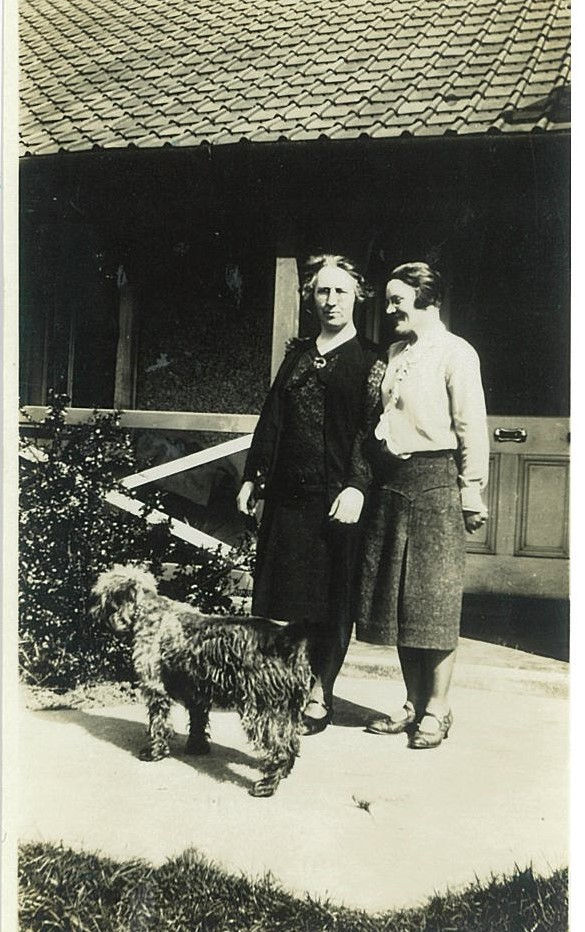
Check out the Women’s Museum of Ireland – their website offers a whole range of history involving Irish women.
https://www.facebook.com/WomensMuseumOfIreland/
https://womensmuseumofireland.ie/
Remember to check out our Women Of Ireland Tour too! Every Friday & Saturday at 2pm


